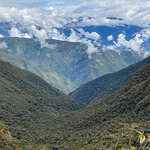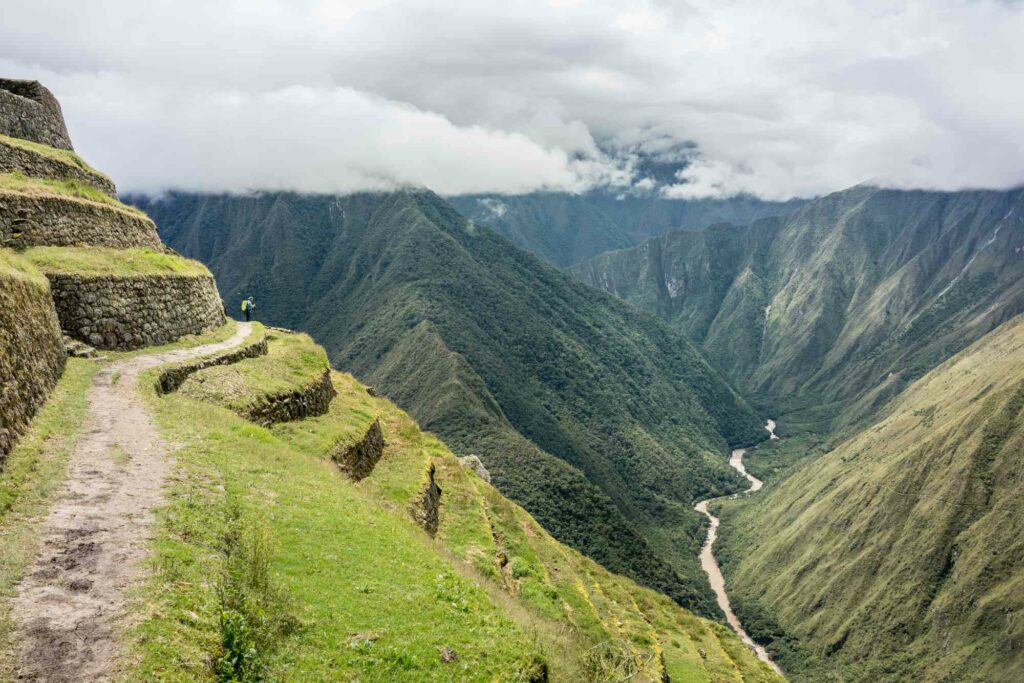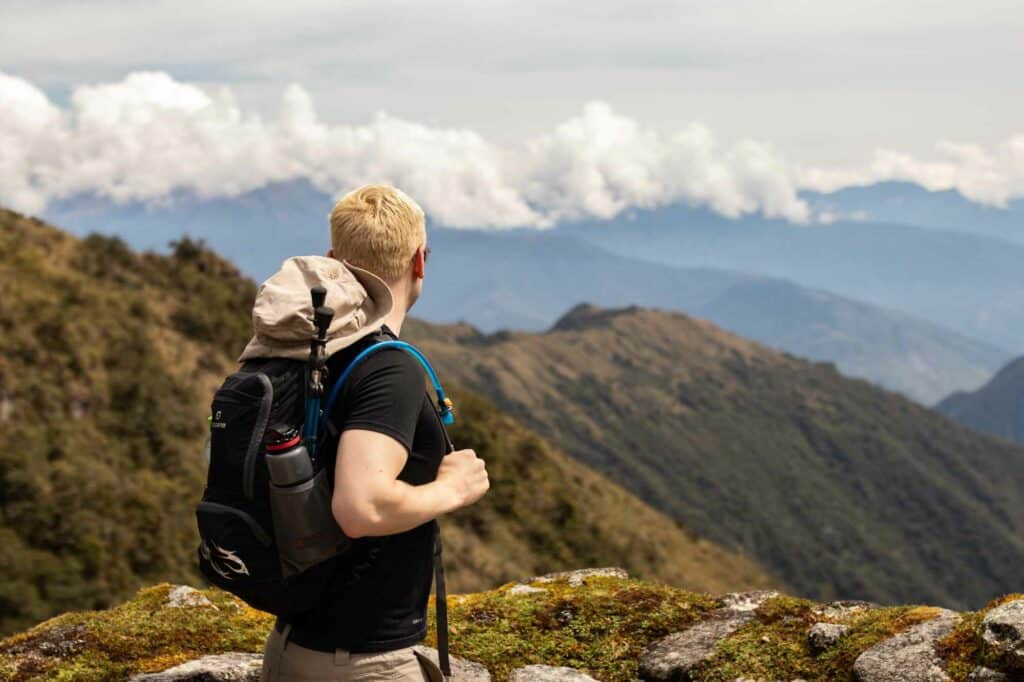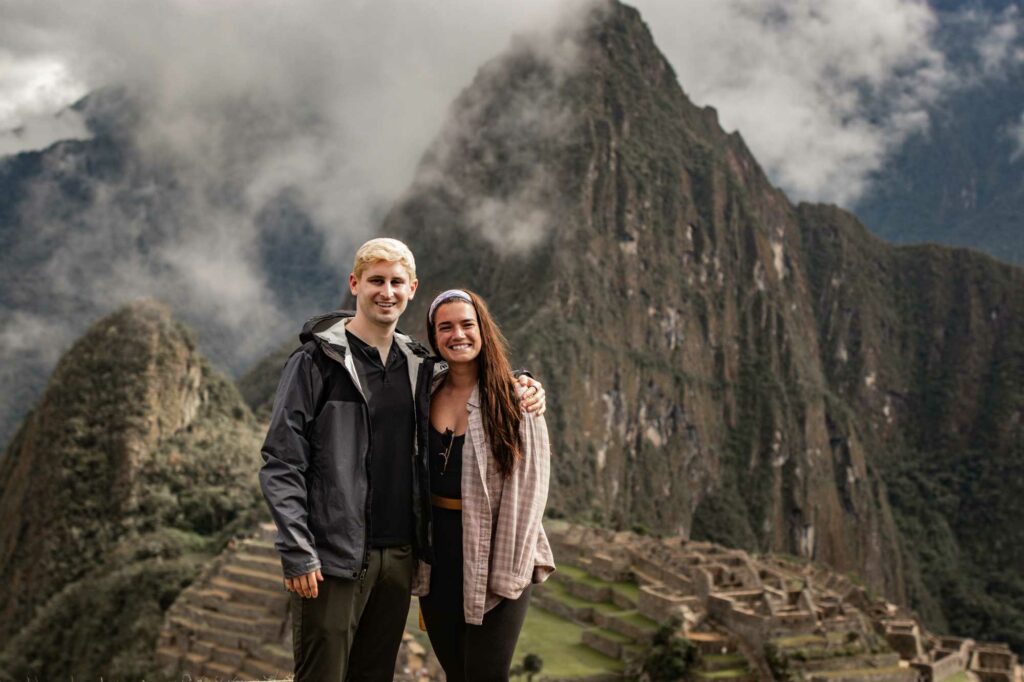How to prevent altitude sickness on the Inca Trail
Hiking on the Inca Trail to Machu Picchu is an incredible experience but can be hindered by altitude sickness. Altitude sickness occurs due to the high altitude of the Andes Mountains, ranging from around 8,000 feet above sea level at its lowest points to almost 15,000 feet (4,500 meters high) at its highest .
what is altitude sickness on the Inca Trail?
Altitude sickness is a difficult condition to endure and can occur when your body is not properly acclimated to high elevation – especially over 8,000 feet above sea level. Commonly known as Acute Mountain Sickness (AMS), it affects around 25% of hikers on the famous Inca Trail in Peru due to its extreme change in elevation. Symptoms may range from mild headaches and fatigue to more life-threatening respiratory difficulties, nausea, fever, and disorientation. It is important for hikers to be aware of these dangers and take preventive measures such as gradually acclimatizing beforehand for an enjoyable, safe experience.
What are your symptoms of altitude sickness?
Altitude sickness, also known as Acute Mountain Sickness (AMS), is a common affliction among those who visit high-altitude locations such as the Peruvian Andes on the Inca Trail. Symptoms can range from mild headaches and shortness of breath to more severe cases such as the inability to walk or sleep. Individuals with AMS may also suffer from nausea, vomiting, lightheadedness, rapid pulse rate and loss of appetite. It is important to be aware of these symptoms if you are planning a trip to a higher altitude location like Machu Picchu or any other place with an elevation over 8,000 feet. Making sure that you do not ascend too quickly and taking precautions like drinking plenty of fluids and staying warm can help prevent altitude sickness from occurring in the first place.
- Difficulty to sleep
- dizziness
- fatigue
- headache
- Lack of appetite
- Nausea or vomiting
- Rapid pulse
- Respiratory difficulty when performing physical effort.
Is it serious to suffer from altitude sickness?
Altitude sickness is no joke. Whether you are attempting a strenuous hike like the Inca Trail or just visiting somewhere at a much higher elevation than usual, the effects of altitude sickness can be serious and unpleasant. People who suffer from altitude sickness often experience symptoms like nausea, dizziness, headache, and fatigue which can be an annoying inconvenience or even life threatening depending on severity and altitude. To avoid getting sick it’s suggested to always move up in elevation slowly to better adjust to the change in air pressure. Furthermore, remain well hydrated by drinking plenty of water since dehydration can exacerbate these uncomfortable symptoms. These are the degrees of the disease, from mild to moderate and severe:
- Leve: Mild altitude sickness is bearable and can be controlled with sufficient rest and drinking lots of water.
- Moderate: altitude sickness is more uncomfortable, with unpleasant symptoms such as vomiting, intense headaches, and shortness of breath.
- Severe: Severe altitude sickness tends to crop up when moderate symptoms are ignored or aggravated by drinking alcohol or eating very fatty foods, resulting in ataxia (loss of balance and coordination), confusion, coughing up blood, pale complexion, and breathing difficulties even in repose.
If you plan on climbing the Inca Trail it’s important to stay alert to signs and symptoms of altitude sickness so that your journey can be enjoyed safely.
Is it possible to suffer altitude sickness on the Inca Trail?
The Inca Trail is a spectacular 39 kilometer long inca trail spanning the Andes Mountains to Machu Picchu. Found at heights of 4,200 meters and 2,040 meters above sea level respectively, both high and low altitudes can contribute to altitude sickness for hikers. Typical symptoms of altitude sickness include fatigue, breathing difficulty, headache and nausea. It is common for people to experience these more intensely in the early days before gradually improving as the last two days of trekking approach. Taking appropriate precautions such as acclimatizing your body is essential for any hiker looking at embarking on the iconic inca trail with scenic views parallel to none.
Reduce the symptoms of altitude sickness
To reduce the incidence and severity of altitude sickness while trekking through this region, it is advised to ascend slowly by taking rest days between climbs; drink plenty of water; and avoid alcohol and sleeping pills. Finally, supplementing with drugs such as acetazolamide and ibuprofen may help to reduce symptoms, however should always be done under the guidance of a doctor or certified pharmacist.
Learn about the causes of altitude sickness
Altitude sickness is a common concern when travelling to higher elevation areas. Most commonly experienced around 8,000-11,000 feet, inca trail altitude sickness is no exception. It can be caused by fluid imbalances in the body and oxygen deprivation due to the thinner air found at higher altitudes. Those most affected are often travelers who have little time to acclimate properly or those who engage in excessive activity before adjusting. Symptoms range in severity but often include difficulty breathing, headaches, vomiting, fatigue and general malaise. In mild cases, resting or drinking fluids are sufficient treatments while more extreme incidences require emergency medical attention. However, inca trail altitude sickness can largely be prevented by planning ahead with gradual ascent and avoiding heavy exertion during acclimatization period.
Tips for how to prevent altitude sickness
When planning to tackle the Inca Trail, it is highly recommended to acclimatize in Cusco city or Ollantaytambo( Sacred Valley of the Incas) at least two or three days prior. This allows you to take on the trek in a more adapted manner given the mountainous terrain and reduced risk of altitude sickness.
To ensure a comfortable climb, it is best to ascend gradually and rest sufficiently along with following your tour guide’s directions. Additionally, for an extra layer of precaution one should consult a doctor about available medications that can assist in adjusting to higher altitudes.
Moreover, drinking enough fluids and consuming carbohydrates are fundamental elements for successfully tackling any type of mountain climbing as it helps in overall stamina retention.
Lastly, alcohol should be avoided as its consumption could cause further complications related to altitude sickness.
Coca leaves prevent altitude sickness
Altitude sickness is a serious problem encountered by many hikers trekking the trail, but according to mountain experts there may be an ancient remedy that helps: Coca leaves. These leaves have been used as medicine by the Andean peoples of Peru for centuries, and they are still widely available in the form of tea or raw leaves. Studies show that Coca leaves can help prevent altitude sickness with their natural elements like caffeine and amino acids. Whether taken as a tea or chewed directly, inca trail adventurers should consider this natural remedy if they are looking to avoid altitude sickness.
This plant is not addictive and provides the body with various benefits such as:
- Calm the dizziness.
- Prevents cardiovascular diseases.
- Protects against cavities.
- Avoid obesity.
- Fight depression.
- Treat respiratory diseases such as asthma and bronchitis.
- Regulate blood pressure.
- Cures stomach problems.
- Control diabetes.
What Our Clients Say in Tripadvisor












